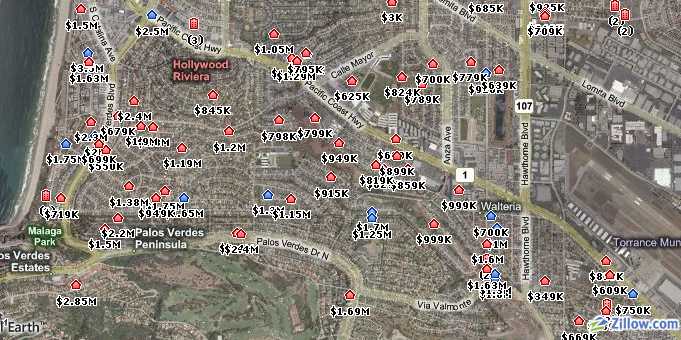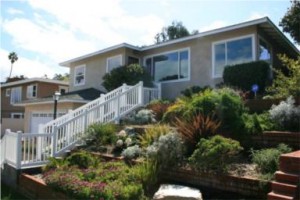At annual builders’ show, small is in
Among the trends highlighted at the International Builders€™ Show, more Americans are saying goodbye to McMansions and are buying ‘right-sized’ homes instead. There€™s also high interest in green elements, organization, fewer luxuries and practical appliances.
By MarketWatch

These days, a bigger home isn’t always a better one: Recent research suggests that homes being built today are getting smaller.
The average size of homes started in the third quarter of 2008 was 2,438 square feet, down from 2,629 square feet in the second quarter, according to the U.S. Census Bureau. Similarly, the median size of homes started in the third quarter was 2,090 square feet, down from 2,291. The statistics confirm what the housing industry has suspected for a while.
“We’ve been hearing for a long time ‘Why is the home size not declining?'” said Gopal Ahluwalia, vice president of economic research for the National Association of Home Builders. He spoke about the trend at the International Builders€™ Show in Las Vegas this week. Anecdotally, he had heard smaller homes were being built as housing prices tumbled and the economy began to weaken. Still, “we never had data to back it up,” he said.
Gayle Butler, editor-in-chief of Better Homes and Gardens, said that for many homeowners, it is not so much a matter of downsizing as “right-sizing,” giving up big homes with unused space and buying a home that better fits their needs.
According to the Better Homes and Gardens study, top priorities in a new home include an affordable price, natural light and comfortable family gathering places. The era of supersizing may be ending, Butler said, with buyers looking for a home that is “right-sized, organized and economized.”
Other consumer housing trends include:
- Fewer luxuries. Consumers say they need fewer luxuries in their next home, Butler said. In the magazine€™s survey, 20% or more of the participants viewed upgraded landscaping, upgraded finishes such as granite countertops and luxurious master suites as less important in their next home, she said. High ceilings in main living areas were less important to 35% of those surveyed. There are also fewer fireplaces in new homes: While 62% of new homes completed in 1991 had at least one fireplace, 51% had a fireplace in 2007, according to Census statistics.
- Green elements. A wide majority €” 90% €” said they’re planning to have energy-efficient heating and cooling systems in their next home, and 31% would like to have geothermal heat, Butler said. There has also been increased interest in home gardens, with more people wanting to know where their food is grown, said Robin Avni, senior director and consumer strategist for Iconoculture, a cultural-trend research company. “The green theme touches everything in the home, from the food we look to consume, our health concerns in the home, building €” even our furnishings in the home,” Avni said.
- Getting organized. With smaller spaces, organization systems are continuing their popularity. More entryways are being outfitted for storage, and homeowners often want more functional use of wall space, Butler said. The magazine found that 69% of survey participants said no-space-wasted design and ample storage will take on more importance in their next home.
- Practical appliances. Although sales of appliances have been down, freezer sales have been up. The reason: More people are shopping for bargains and freezing what they won’t use right away. “Appliance sales have taken a hit … except the freezer. Which is really all about going back to basics, a very practical kind of living,” Avni said. “If you look at your parents and your grandparents, they used to have a freezer €” they used to buy stuff on sale and put it in the freezer and use it for later. It wasn’t just run out and buy something that day.”



